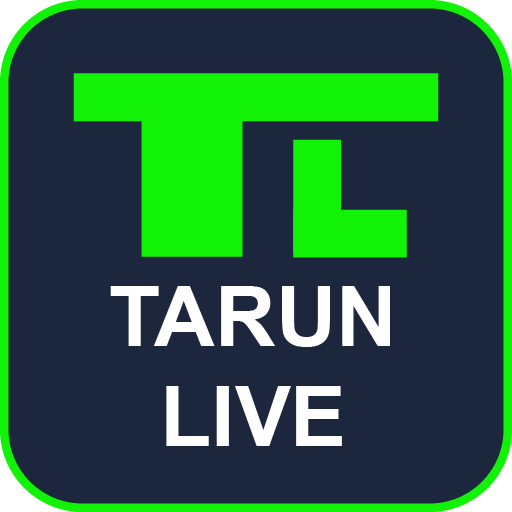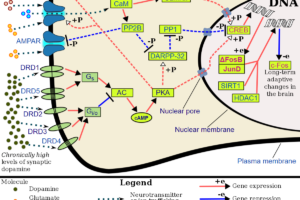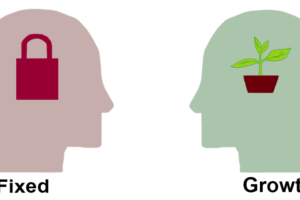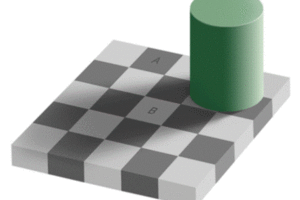
– Amyloid Plaques –
Many people have heard of Alzheimer’s disorder. Alzheimer’s is a progressive neurodegenerative disease, which means it becomes worse over time. Alzheimer’s mainly involves the formation of amyloid plaques, which are clumps that interfere with neuron function. This leads to paralysis and often death.
The other main feature of Alzheimer’s is the presence of neurofibrillary tangles. These tangles are caused by excessive buildup of tau proteins in neurons, which leads to a blockage in the neuron. The blockage blocks electrical signals that are vital for communication between neurons.
The main gene that is associated with the risk of Alzheimer’s is the APOE-e4 gene. This gene has been found in many Alzheimer patients. Other genes associated with Alzheimer’s are APOE-e3 and APOE e-2 genes. However, one key component is the fact that the important antioxidant SOD1, produced by the SOD1 gene, is present in unusually low amounts in patients with Alzheimer’s. The amyloid plaque known as amyloid beta interacts with the SOD1 gene, causing it to malfunction and possibly cease its function. The SOD1 gene is responsible for the reparations and restorations of neurons. Neurons naturally die over time as you get older and as you experience different things. However, in a patient with Alzheimer’s, since the SOD1 gene is barely present, the neurons in the affected person’s brain cannot repair as quickly, which causes problems with memory and motor functions in the cerebral cortex. This leads to what we know as Alzheimer’s.

– Neurofibrillary Tangles. –
A similar disorder is ALS (Amyotrophic Lateral Sclerosis). In ALS, the SOD1 gene is completely inhibited, leading to a rapid degradation of neurons and death in most patients. The similarities between these disorders are clear, and APOE and SOD1 seem to be the factors at play.
In conclusion, while not much is known about Alzheimer’s. What is known is that APOE-e4/3/2 and the SOD1 gene are two genes heavily associated with Alzheimer’s; the APOE gene being the gene that almost directly causes Alzheimer’s, and the SOD1 gene being the gene that is affected by Alzheimer’s. Research is being done to help treat patients with this disorder including the use of medication that targets amyloid beta and helps to reduce amyloid plaques.
Sources:
https://www.sciencedirect.com/topics/agricultural-and-biological-sciences/gene-mapping
https://journals.plos.org/ploscompbiol/article?id=10.1371/journal.pcbi.1009903
https://www.alz.org/alzheimers-dementia/what-is-alzheimers/causes-and-risk-factors/genetics
https://www.ncbi.nlm.nih.gov/pmc/articles/PMC2753654/
https://www.genome.gov/about-genomics/fact-sheets/Genetic-Mapping-Fact-Sheet






Most Commented Posts